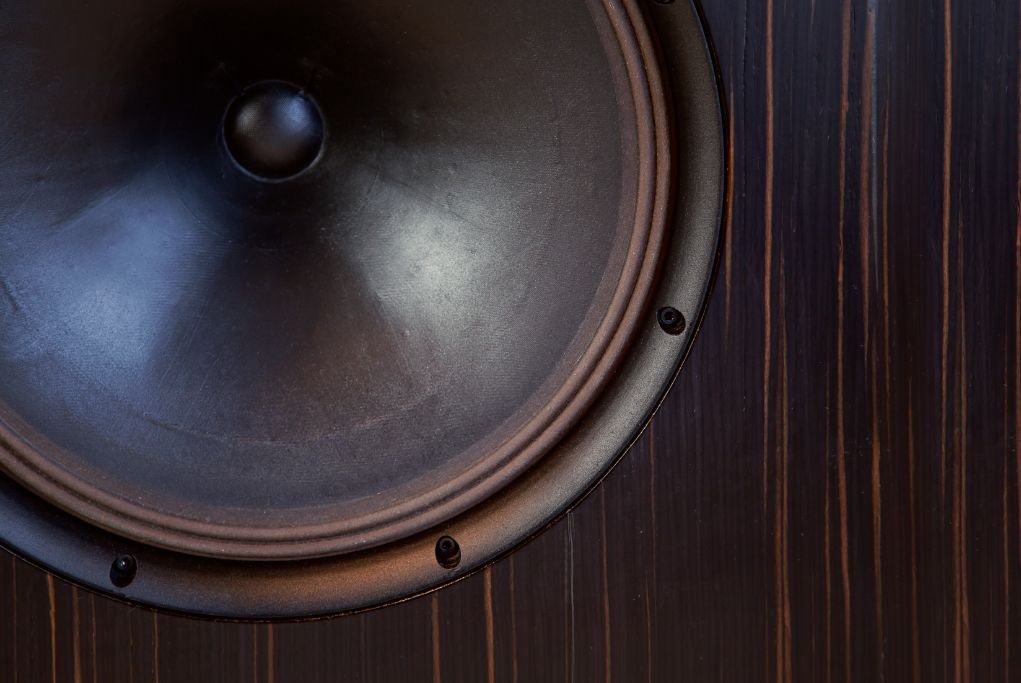Speaker baffle is an important detail of speaker design that many people gloss over. However, if you are a speaker enthusiast or audiophile (or just curious!), you’ve probably come across the term ‘baffling.’

In this article, we look into what can you use inside a speaker for baffling, what they do, and how to put them in place for perfect sound. You may not know it, but it could make a big difference!
Why Use Baffles Inside a Speaker?
This baffle prevents the sound waves from the rear of the speaker driver from interfering with those coming from the front and messing up the sound.
Because of interference, an unbaffled loudspeaker will lack definition, causing it to sound dull and thumpy. To help absorb these stray waves, baffles are covered in a layer of acoustic-grade fabric.
In other words, baffles keep the speaker from producing smudgy, fuzzy sounds while the internal acoustics mess with what’s coming out of your speaker.
What can you use inside a speaker for baffling?
Now that you know what speaker baffling does, let’s take a look at the kinds of materials you can use to baffle your speaker from the inside.
Each type of material has its own set of benefits, and understanding them can help you make informed decisions.
- Acoustic Foam: Acoustic foam is probably the most common baffle material used in cabinet construction. It’s light and easy to work with, very absorbent, and perfect for taming internal resonance as well as mid-to-high frequencies.
- Fiberglass Insulation: Fiberglass is a popular choice because of its great damping factor for sound absorption. Fiberglass provides good low-frequency control and makes for a much better subwoofer. There is one drawback – fiberglass is messy to handle, so it’s not typically recommended for DIY projects.
- Polyfill (Polyester Fiber): A speaker’s inside is typically lined with a fuzzy fiber known as polyfill. This material slows the movement of sound waves so that when the driver rear-radiates waves into the box, the box exhibits a higher effective volume.
- Wool or Cotton Fiber: Natural materials such as fibers of wool or cotton can also be used as a greener alternative to baffling. Wool has great moisture-wicking properties, which is a big advantage where there might be a risk of condensation.
- Rubberized Hair Felt: Rubberized hair felt is a very thick material, so it works for high-end speaker systems because it is truly dense and durable. This also makes it a good sound absorber that deadens vibrations.
- Open-Cell Foam: Open-cell foam is also very absorbent over a wide range of frequencies and is particularly effective at low and mid frequencies where sound waves resonate.
How Baffles Impact Sound Quality
Ultimately, speaker baffling is about achieving higher levels of articulation and accuracy of reproduction. It reduces the amount of internal resonance and air movement, minimizes distortion prevents echoes, and improves bass response.
The end result is a more satisfying listening experience, whether you’re watching a movie, listening to music, or mixing audio tracks in a studio.
A baffle will make a speaker cleaner and create greater separation of instruments and voices; a true baffle creates its own isolation.
DIY Speaker Baffle Solutions
Unless you’re building your own speaker or modifying an existing one, you don’t necessarily need to buy commercial baffle materials; many DIYers have used everyday items for speaker baffling, including:
- Pillows or cushions
- Egg cartons
- Old towels or blankets
Below is an example of a YouTuber creating his own DIY baffle and you can find many more examples online!
Proper Placement of Baffles in a Speaker
As an essential piece, baffle material placement is very important; you want to achieve the optimum sound quality. Place baffles on the sides, back, and bottom of your speaker cabinet.
Make sure not to have too much baffle material in each cubic foot, or it will restrict airflow and affect efficiency.
Acoustic Foam vs Polyfill which one is better?
While both acoustic foam and polyfill make great baffles, which should you use for your speaker? If you want to enhance mid-to-high frequencies, go for the foam. For bass improvement, go for the polyfill.
Conclusion
Baffling can help you make your speaker sound better. Install acoustic foam inside the driver cavity, or add a layer of polyfill or fiberglass insulation around the coil, and your sound will be improved.
The ultimate choice of baffle material will depend upon your particular sound goals and the nature of your speaker.
If you liked this article make sure you check out Is Installing a TV Speaker a Good Idea in the Bedroom?
We hope we’ve clearly answered your question, What can you use inside a speaker for baffling? and made it easy to understand!


